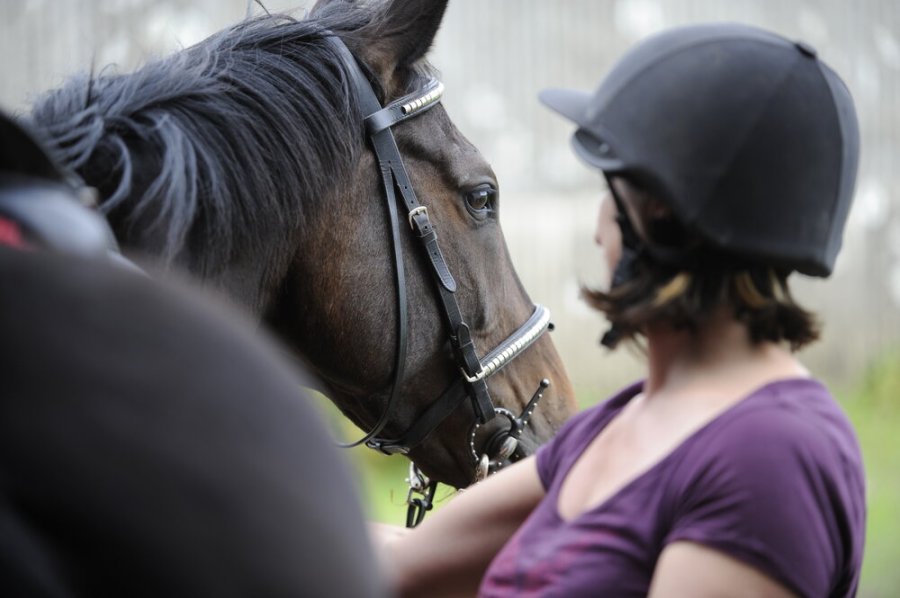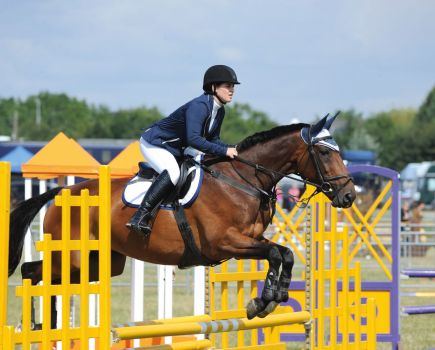Jumping should be fun for both you and your horse. It adds variety to your horse’s work and encourages him to use different muscles.
It’s really important to make riding safe and secure – it doesn’t matter how experienced you are, that should always be your focus.
This was the topic covered by British Showjumping coach Fred Bergendorff at Your Horse Live last November.
In his demo, Fred explained that his training structure is based on three key areas to work on, which will help all horses and riders, whatever level they’re at – first up is seat and position.
This is a great place to start to get you confident for jumping.
It’s important to assess and correct your position in the saddle before you move off and start jumping.
“If you can’t sit well, you won’t communicate with your horse well,” says Fred. “As part of your warm up, take a few minutes to run through my position checklist.”
- Sit in the middle of your saddle in all paces.
- Ride with an upright upper body.
- Have a secure lower leg position – your stirrup leathers should be straight. Your knees should be relaxed – not pinching your saddle – and your heel should be lower than your toe.
- Your arms should be relaxed, with a straight line from your elbow to the bit.
It takes time to perfect your position and this is an area of your riding that takes constant focus, whether you’re riding on the flat or over fences.
For you to be effective and as safe as possible, however, you need to make your position in the saddle as good as possible.
To improve your rhythm and balance, a great exercise to try is setting out two sets of four poles at a distance of 4 1/2 to 5ft, with three strides between each set.
How to ride it:
- Ride through the two sets of poles in rising trot. Focus on riding to the middle of the poles and looking up and ahead where you’re going.
- Repeat this several times off both reins until your horse is maintaining a constant rhythm through the poles.
- To improve your balance, try riding over the poles in a two-point position (your jumping position) – if you find this difficult, repeat the exercise a few times.
- To help you stay in balance, keep looking straight ahead. If you look down, you’ll tip forwards and lose your balance.
Read more of Fred’s advice and find out more about step 2 (the right structure to use when working on the flat) and step 3 (the safe way to get around a course of fences) of his jumping advice in our Spring issue.
Don’t miss the latest issue of Your Horse Magazine, jam-packed with training and veterinary advice, horse-care tips and the latest equestrian products available on shop shelves, on sale now.









